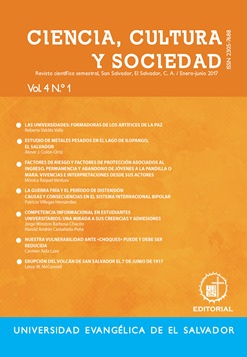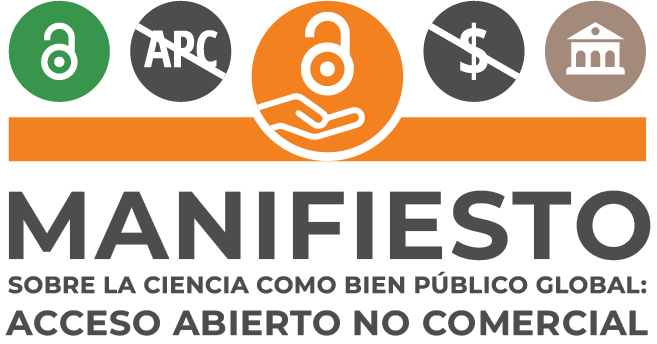Risk factors and protection factors associated with the entry, permanence and abandonment of young people to the gang or mara. Experiences and interpretations of its actors
Keywords:
maras or youth gangs, risk factor's, permanence factors, protective factors, resilience, ex-gangsters, El SalvadorAbstract
For this study, three groups of individuals related to gangs or youth maras in El Salvador were investigated with the purpose of evidencing risk factors and protection factors that motivate or prevent incorporation into these proscribed groups, namely: inmate gang members or "witnesses criteriados»1, ex-gang members and individuals who, having grown up in environments strongly influenced by gangs, decided not to join. The consulted theory allowed to analyze some socializing environments: family, school, friends and home, in order to know, from the perspective of the actors, experiences and interpretations that have shaped their decisions. From a qualitative research perspective, the interpretive phenomenological design was prioritized for the analysis. It was found that joining gangs and resilient behavior mean difficult decisions for individuals with constant efforts. In addition, the explanations of each group seek to "socially" rationalize their behavior: gang members seek to maintain a lifestyle at the expense of the population and mediated by crimes, the fear generated and the power they wield. The ex-gangsters have to reincorporate themselves into prosocial life and seek mechanisms to break the reticence and marginalization of the population, for which religion
It provides them with the possibility of "mimicking". Finally, the resilient, who managed to "get ahead" without getting involved with the gangs, are proud of their status
Downloads
Published
Issue
Section
License

This work is licensed under a Creative Commons Attribution-NonCommercial-ShareAlike 4.0 International License.
Los artículos de Ciencia, Cultura y Sociedad están publicados en acceso abierto bajo una licencia CC BY-NC-SA 4.0 de la Universidad Evangélica de El Salvador.


















